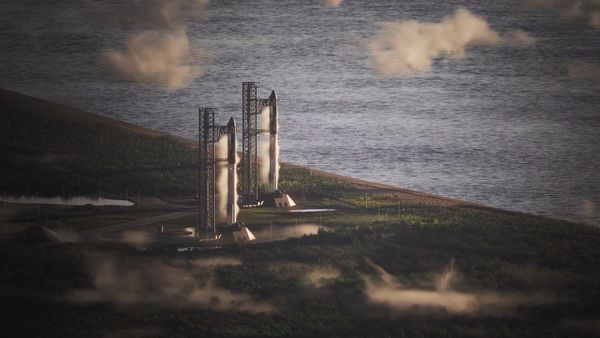The death toll from Afghanistan’s most devastating earthquake in years has risen past 1,400, with thousands more injured, as aid groups warned that rugged, mountainous terrain was slowing rescue efforts in the country’s remote eastern villages.
Rescue workers trying to reach Afghanistan’s earthquake-hit villages faced enormous challenges as rough mountain roads remained cut off amid heavy rain on Tuesday.
A massive earthquake in eastern Afghanistan on Sunday night left more than 1,400 people dead and over 3,100 injured, according to local officials, who cautioned that the numbers were expected to rise as rescue operations continued on Tuesday.
Many homes, built with mud and stone, crumbled instantly due to the tremor, leaving families trapped under the debris. Officials said the devastation was most severe in the province of Kunar where entire communities were reduced to rubble.
The UN’s humanitarian coordinator in Afghanistan, Indrika Ratwatte, said on Tuesday that damaged roads and landslides are the main obstacles for rescue teams responding to the deadly earthquake. “There’s been lots of landslides and rock falls, and access has been very limited to everybody in the first 24 hours.”
He added: “The biggest challenge is to reach these remote areas with the road access extremely damaged.”
The Afghan Red Crescent Society, a humanitarian organisation active in the region, reported that more than 8,000 homes have been destroyed, with many residents still feared trapped under the rubble.
The UN coordinator in Afghanistan warned that the casualty figures are expected to climb further.
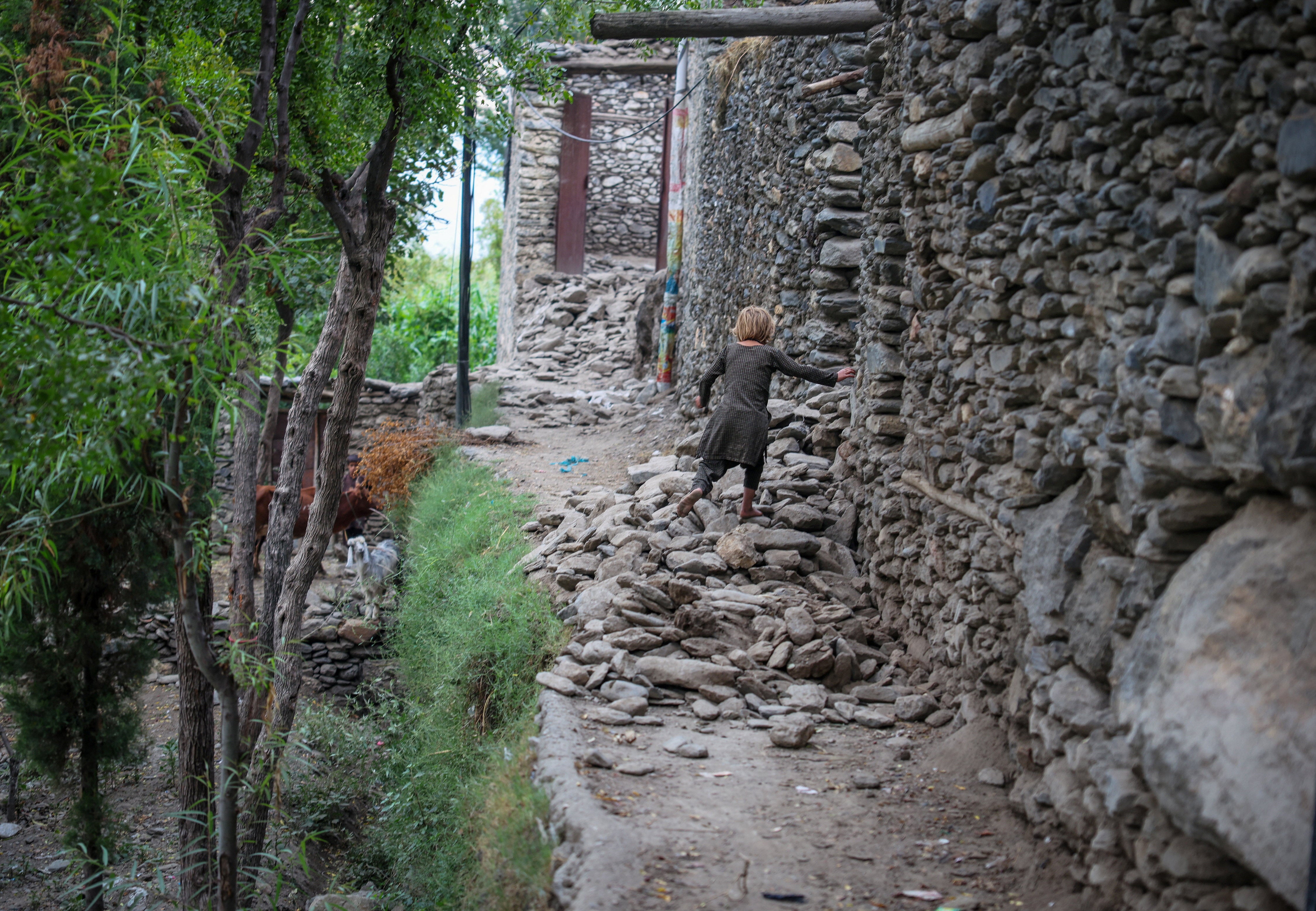
“We cannot accurately predict how many bodies might still be trapped under the rubble,” said Ehsanullah Ehsan, the provincial head of disaster management. “Our effort is to complete these operations as soon as possible and to begin distributing aid to the affected families,” he told Reuters.
Grieving villagers wrapped the bodies of the dead – many of them children – in white cloth before burying them in hastily dug graves while helicopters shuttled the injured to overcrowded hospitals.
Survivors described scenes of chaos as walls and roofs collapsed around them, crushing relatives and neighbours in the darkness.
Zafar Khan Gojar, 22, from Nurgal district recalled being evacuated to Jalalabad with his brother who suffered a broken leg.
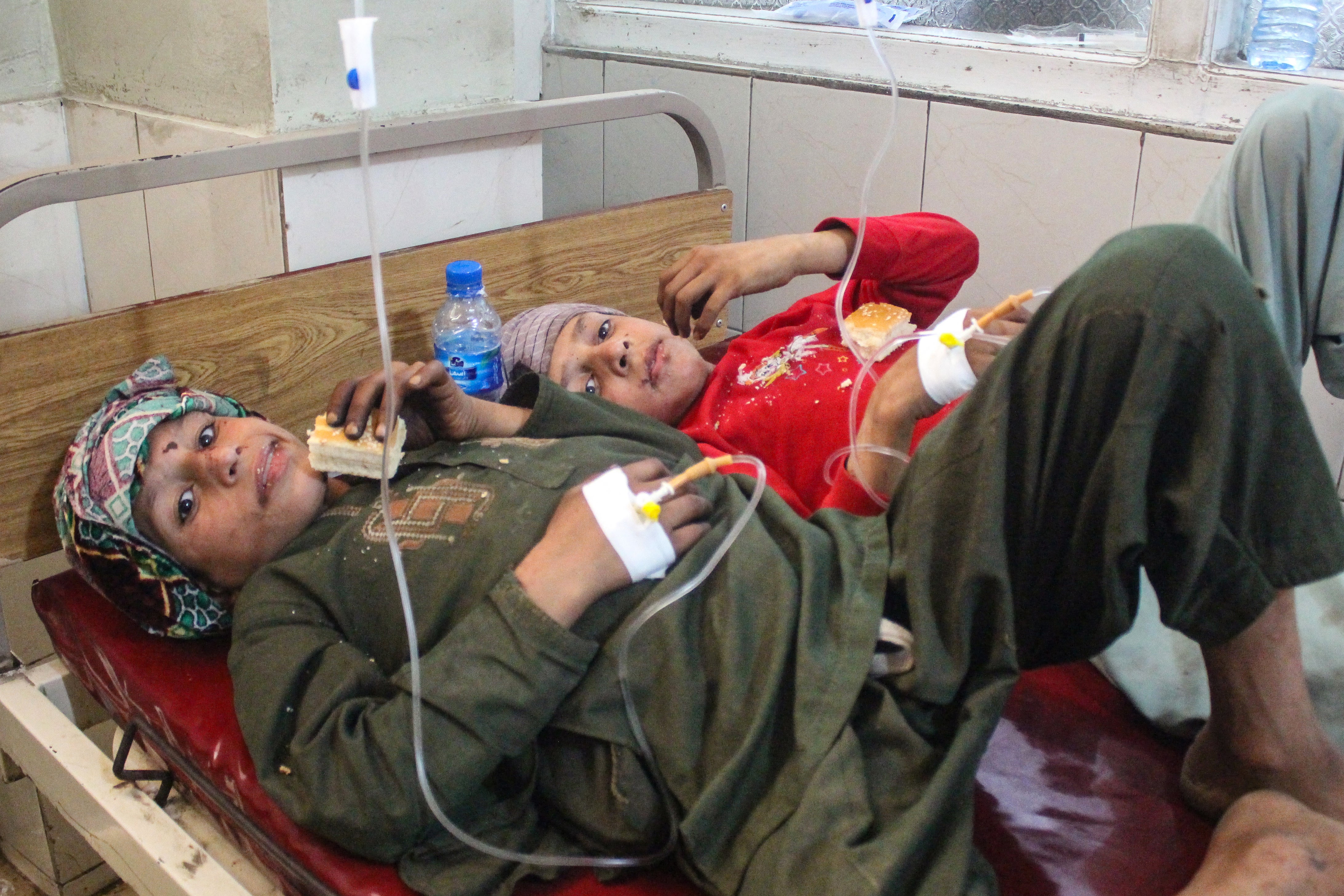
The 6-magnitude quake struck just before midnight on Sunday, shaking remote mountainous provinces and reducing homes to rubble. By Monday morning, helicopters were airlifting the injured from Kunar and Nangarhar provinces while emergency teams dug through collapsed structures in search of survivors.
The Taliban appealed for international aid as officials assessed damage from the devastating disaster.
Government spokesperson Zabihullah Mujahid confirmed 900 deaths thus far. The disaster intensified pressure on a country already struggling with widespread poverty, dwindling international aid, and the forced return of large numbers of refugees from neighbouring countries.
Sharafat Zaman, spokesperson for the health ministry in Kabul, urged the global community to provide assistance. “We need it because here lots of people lost their lives and houses,” he told Reuters.
The United Nations Children’s Fund (UNICEF) warned on Tuesday that thousands of children remained at risk in the quake-affected areas.
The agency said it is delivering essential aid, including medicines, warm clothing, tents, tarpaulins, and hygiene supplies such as soap, detergent, towels, sanitary pads, and water containers.
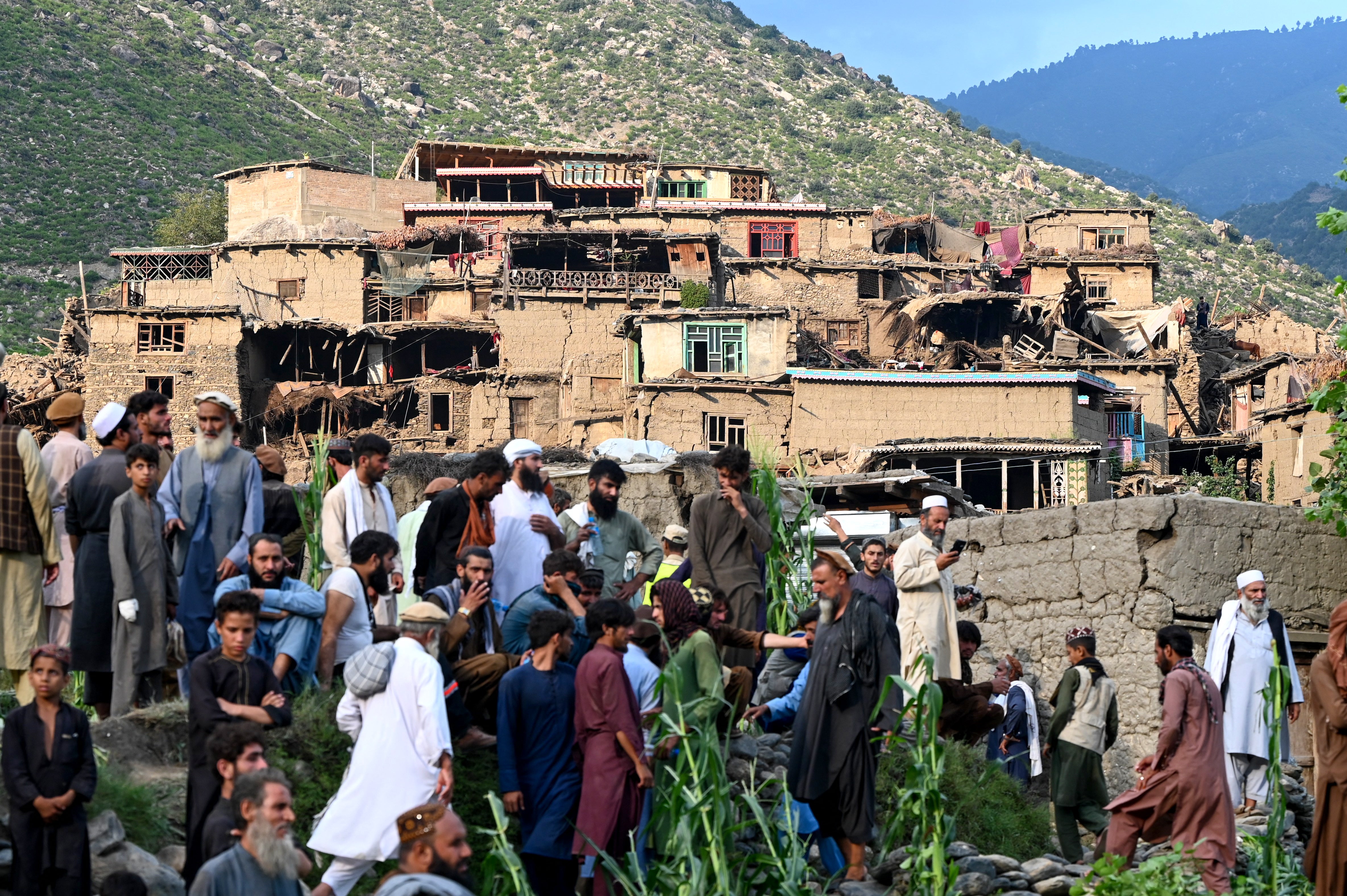
Talking about Kunar, Kate Carey from the UN Office for the Coordination of Humanitarian Affairs, told The New York Times: “The area is very steep and narrow and most of it is inaccessible because of landslides and rains that fell over the past few days.”
By Monday afternoon, Iran, India, Japan, and the EU had pledged aid for victims of the quake, a notably stronger international response compared to the limited help provided after the deadly 2023 quake in western Afghanistan.
“We were already unable to meet existing needs, and I am not even talking about the new needs created by this earthquake,” Sherine Ibrahim, country director for the nonprofit International Rescue Committee, said. “We’re making a plea to all donors to set aside politics to relieve populations.”
The World Health Organization said: “Damaged roads, ongoing aftershocks, and remote locations of many villages severely impede the delivery of aid,” adding that over 12,000 people had been affected by the quake.
“The pre-earthquake fragility of the health system means local capacity is overwhelmed, creating total dependence on external actors,” it said.
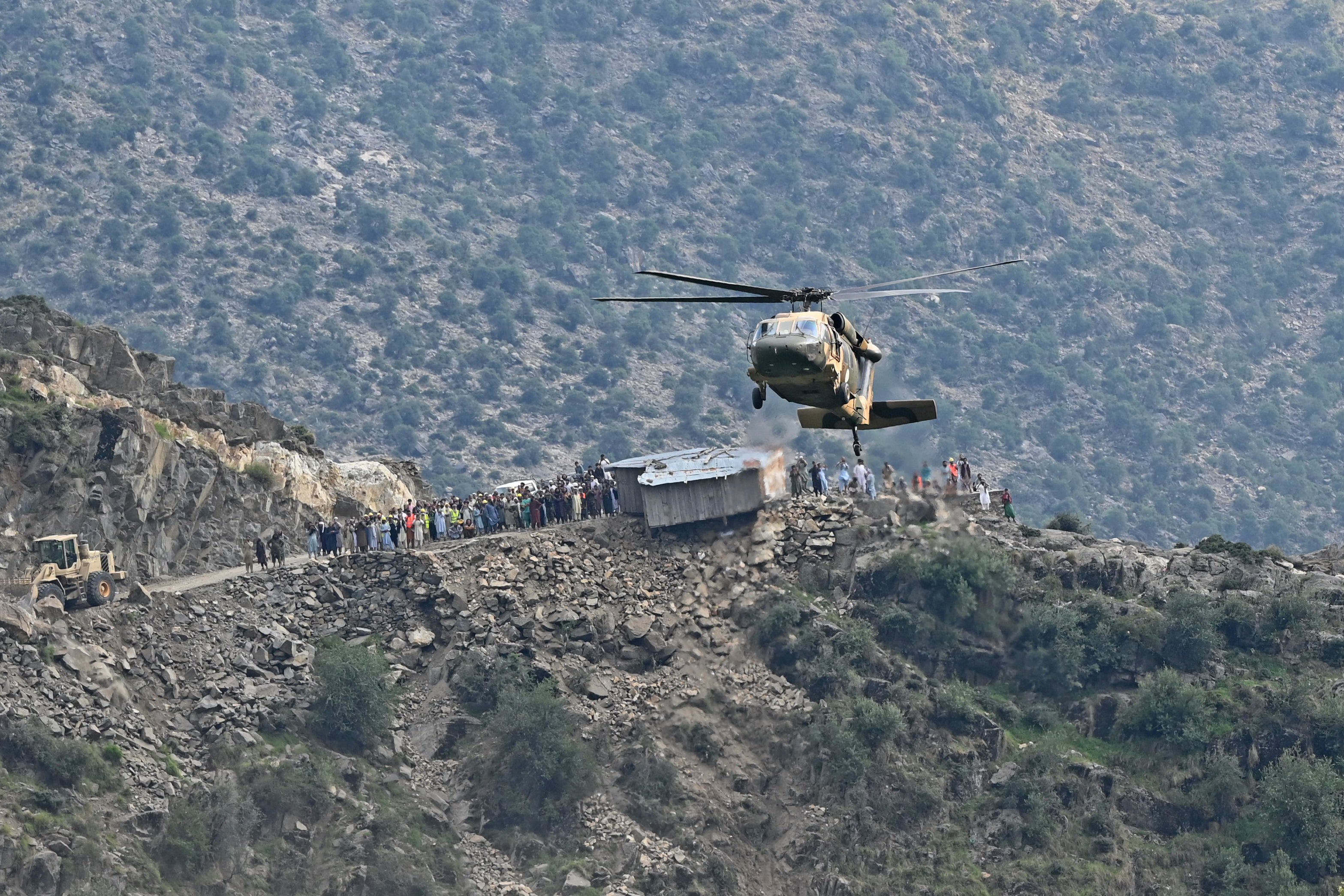
Meanwhile, rescue efforts were being hampered by landslides and steep terrain, with Red Cross teams taking four hours to reach the worst-hit district.
By Monday afternoon, the main road to Kunar had reopened, allowing ambulances to shuttle victims to Jalalabad while helicopters were needed to evacuate an isolated village.
Hospitals in Kunar and Nangarhar remained functional, though some local health centres sustained minor damage.
Afghanistan’s healthcare system had already collapsed, with hundreds of facilities closed after US aid was suspended.
UN secretary general Antonio Guterres expressed his condolences to the affected Afghans. “The UN team in Afghanistan is mobilised and will spare no effort to assist those in need in the affected areas,” he said.
I stand in full solidarity with the people of Afghanistan after the devastating earthquake that hit the country earlier today.
— António Guterres (@antonioguterres) September 1, 2025
I extend my deepest condolences to the families of the victims and wish a speedy recovery to those injured.
The @UN team in Afghanistan is mobilized…
The devastation caused by the quake immediately worsened Afghanistan’s overlapping crises of widespread hunger, mass deportations from neighbouring countries, drought, and dwindling aid.
“What we’re witnessing on the ground is devastating, homes reduced to rubble, roads destroyed, landslides everywhere and tragically, lives lost,” Harald Mannhardt, World Food Programme deputy country director in Afghanistan, said. “Our teams are working around the clock to get emergency food to those in need, but the reality is brutal.”
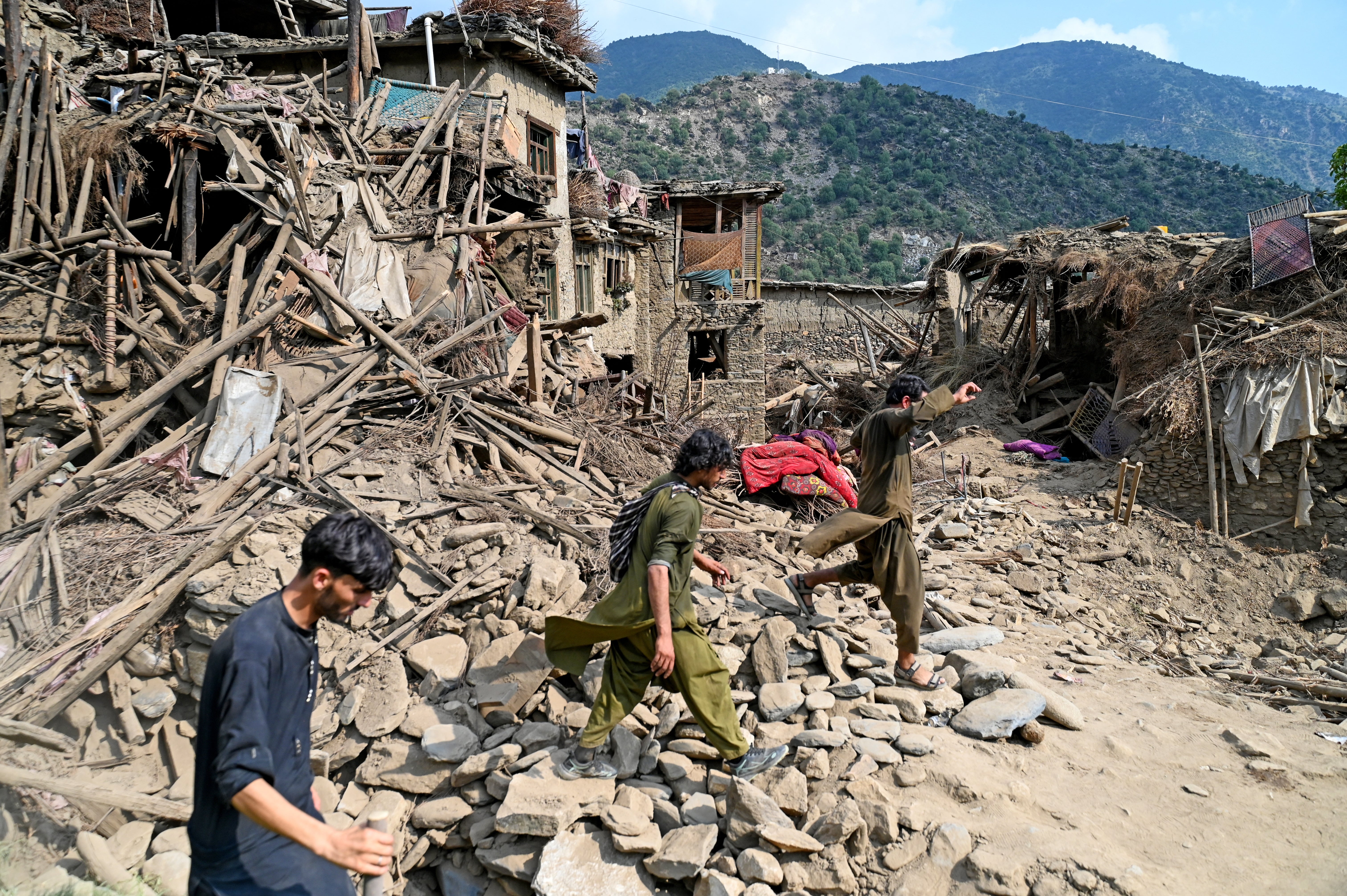
Many survivors remained in shock over the devastating loss of life and infrastructure. “I saw many dead bodies,” Matiullah Shahab, a human rights activist, told the BBC. “I felt the aftershocks 17 times.”
Several villages that he had visited were destroyed, he added. “Peoples’ faces were covered in dust, and there was a silence. They were like robots - no one could talk about it.”
In Ghazi Abad village of Nurgal, residents described widespread devastation. “We have seven martyrs and four or five wounded. People are still under the rubble,” a villager identified only as Rabbani told Tolo News. “The earthquake struck at midnight. We managed to pull out some trapped people but some are still stuck.”
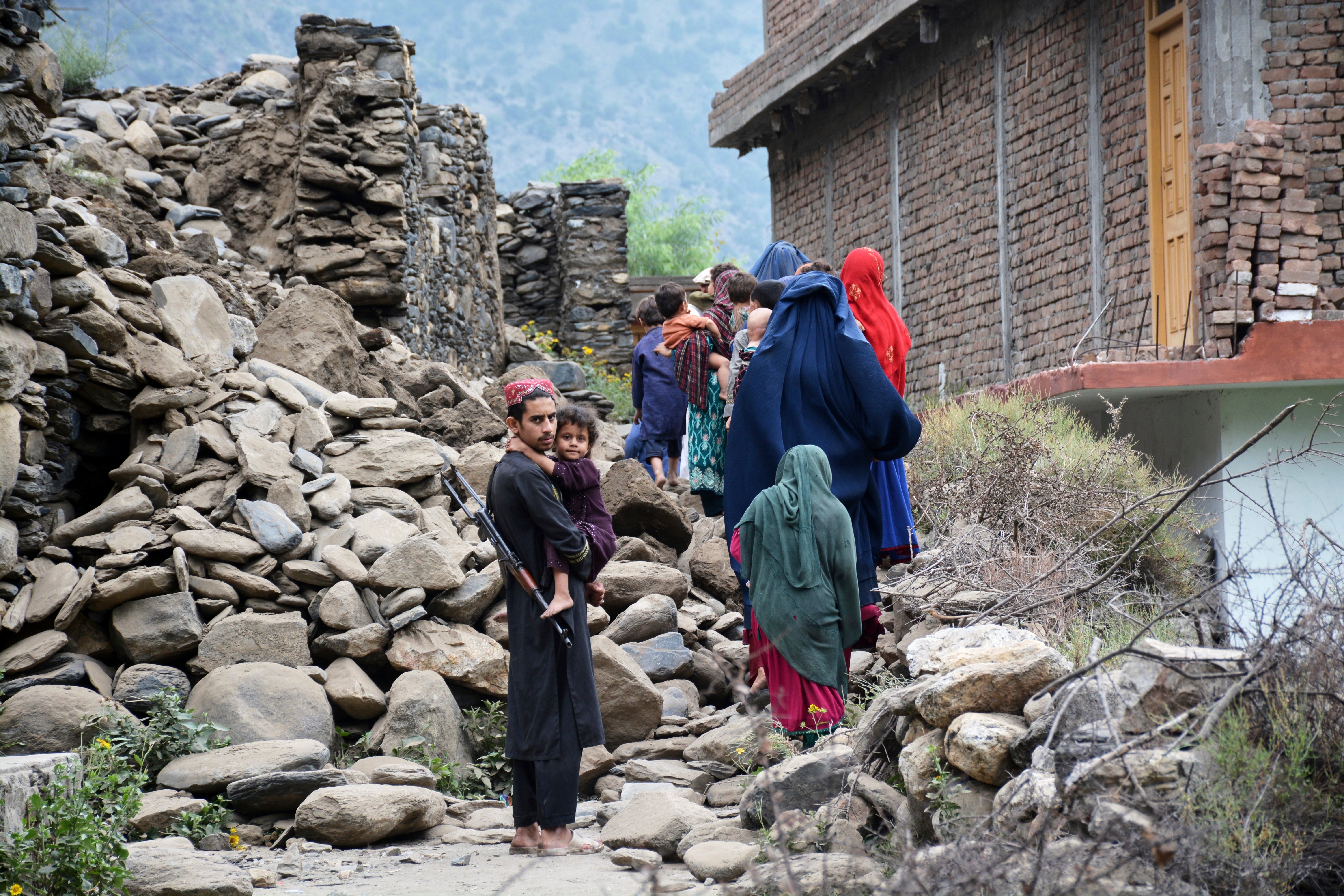
“This whole area has been buried. No one is left,” another survivor named Ajmal told the outlet. “Some children are alive and some have been martyred. One injured person was rescued.”
Ezzatullah Safi, a resident of Kunar’s Sokai district, described the quake as apocalyptic, with homes collapsing, children crying in fear, and communication cut off as power and mobile networks failed.
“The earthquake was intense and the night felt like a small apocalypse. Strong winds followed the tremors, with light rain falling. My children clung to me, crying in fear. Dust filled the air,” he told the BBC. “There’s a heavy atmosphere of grief here.”
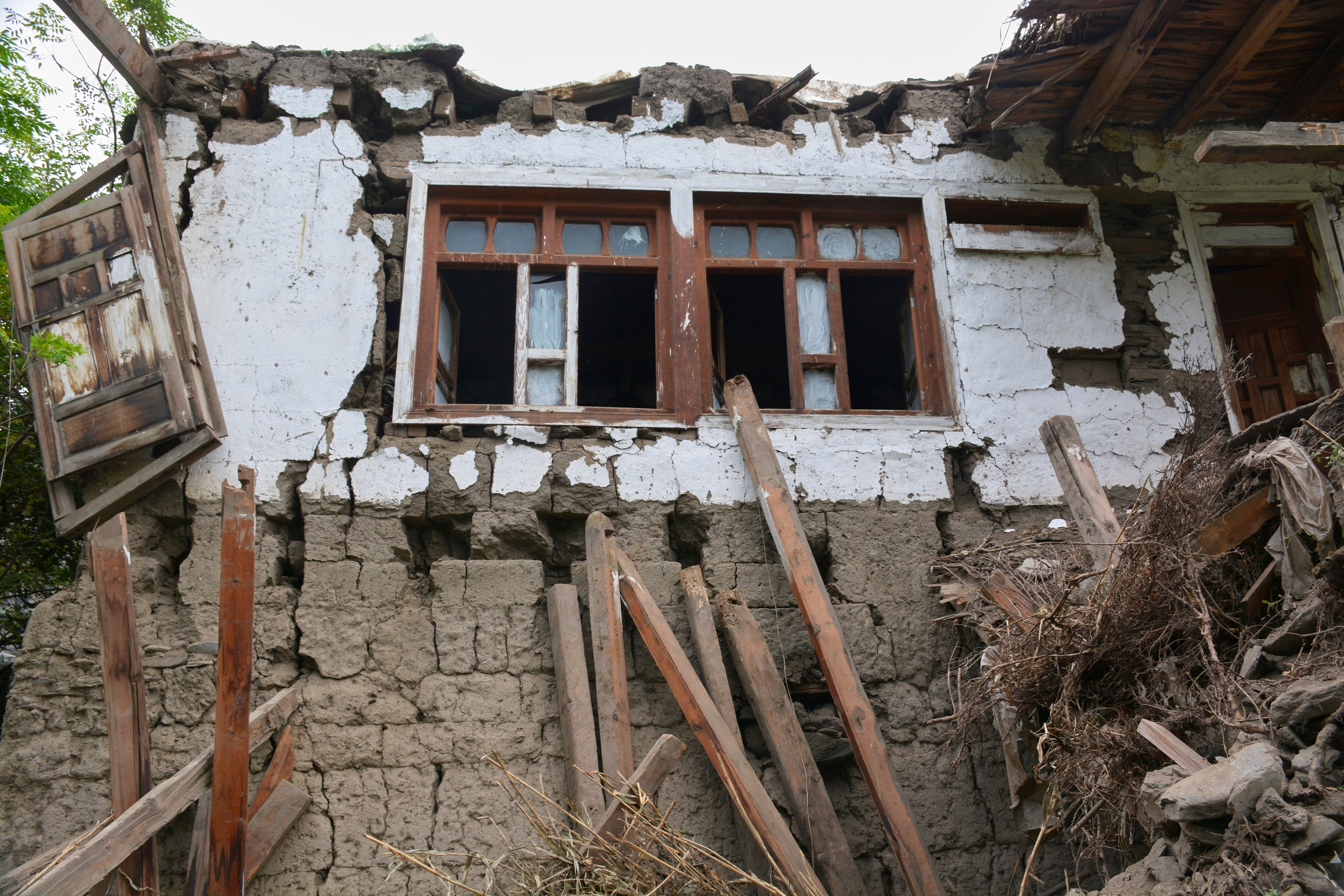
Jacopo Caridi, country director for the Norwegian Refugee Council, told Sky News from the Afghan capital of Kabul: “This earthquake is another disaster hitting Afghanistan on top of all the other crises that regularly hit the country, like extreme poverty, and the lack of capacities to respond to any kind of a disaster.”
The majority of the villages affected were not reachable “because the roads collapsed and the local authorities are working to establish other connections”, he added.
“We got information from local leaders that there are bodies on the street, because people died and there is no place to put them,” Mr Caridi said.
Afghanistan, like neighbouring Iran and Turkey, lies in a seismically active belt where millions of people live along major fault lines, making earthquakes a constant threat.
Many of the country’s most crowded towns and cities sit perilously close to these fault zones. In 2022, a 5.9-magnitude quake in the remote southeast killed more than 1,000 people, underlining the scale of the risk.
Devastating Afghanistan earthquake kills over 800 people and injures another 2,500
Afghanistan earthquake mapped: At least 800 dead as houses reduced to rubble
Afghanistan earthquake: Residents evacuated by helicopter as hundreds killed
Pakistan floods force mass evacuations as Sikh holy shrine inundated
India warns Pakistan to expect flooding after opening major dams near the border
Rohingya refugees face uncertain future 8 years after fleeing Myanmar

